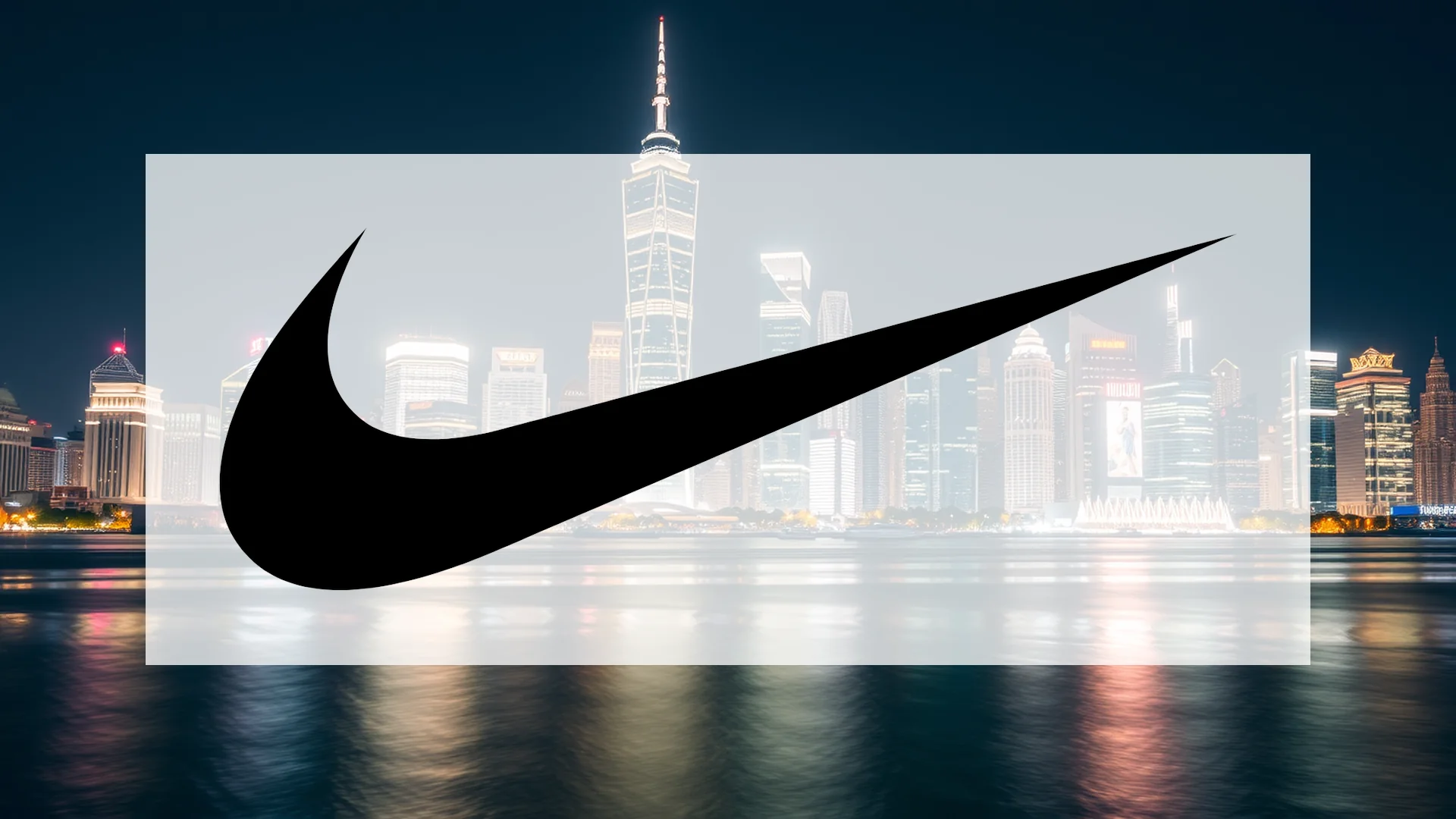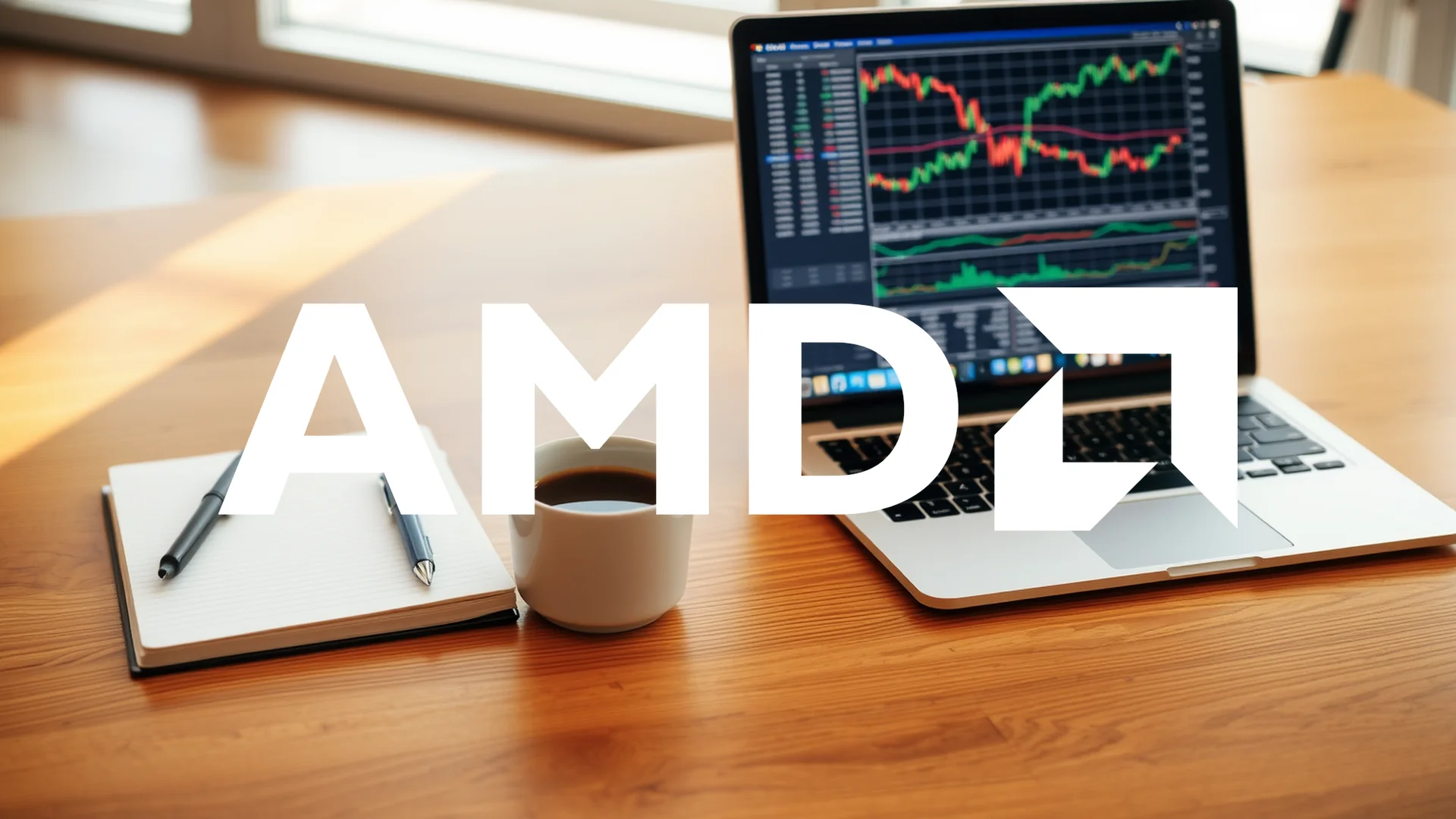Nike finds itself navigating a complex financial landscape where rising revenues clash with deteriorating profit margins. The sportswear giant’s latest quarterly results reveal a troubling disconnect between top-line performance and bottom-line results, creating significant investor concerns about the company’s ability to balance growth with profitability.
Strategic Shifts Show Early Promise Amid Margin Pressure
The athletic apparel company’s first quarter of fiscal year 2026 presented a mixed financial picture. While Nike surpassed analyst expectations with revenues of $11.7 billion, representing a one percent year-over-year increase, this achievement was tempered by substantial margin compression. The wholesale division emerged as a primary growth driver, posting a robust seven percent expansion.
Concurrently, Nike is implementing a strategic pivot dubbed “Win Now,” concentrating resources on three key areas: the North American market, wholesale operations, and the running category. Early indications suggest this reorientation may be yielding positive results, particularly within the wholesale segment where the company has demonstrated notable strength.
Tariff Burden Escalates Beyond Expectations
A significant factor impacting Nike’s financial health is the escalating cost of tariffs, which has evolved into a substantial threat to profitability. The company has dramatically revised its tariff cost projection upward from an initial estimate of $1 billion to a current forecast of $1.5 billion. This additional $500 million expense directly erodes already pressured margins.
The gross margin figure tells a concerning story, having contracted by 320 basis points to settle at just 42.2 percent. This deterioration reflects the dual impact of increased production expenses and rising tariff rates, which collectively diminish profitability on each unit sold.
Should investors sell immediately? Or is it worth buying Nike?
Margin Erosion and Direct Sales Contraction
Beyond tariff concerns, Nike’s direct-to-consumer business experienced a four percent revenue decline—a potentially worrying signal for the company’s crucial customer relationships. This downturn in the Nike Direct segment comes as the company deliberately reduces discounting and promotional activities to reinforce its premium brand positioning.
This strategic choice represents a calculated risk: while potentially hampering direct sales performance in the short term, the move aims to secure higher average selling prices over the long run. The approach requires carefully balancing premium brand aspirations against market share preservation.
Navigating the Path Forward
In response to these challenges, Nike has initiated aggressive cost-cutting measures and strategic pricing adjustments. The critical question facing investors and analysts is whether these countermeasures will sufficiently offset tariff pressures without compromising the company’s competitive standing in the global sportswear market.
The coming quarters will reveal whether Nike’s current strategy can successfully reconcile the apparent contradiction between revenue growth and margin protection, or if the tariff burden will continue to undermine profitability despite the company’s operational achievements.
Ad
Nike Stock: Buy or Sell?! New Nike Analysis from November 21 delivers the answer:
The latest Nike figures speak for themselves: Urgent action needed for Nike investors. Is it worth buying or should you sell? Find out what to do now in the current free analysis from November 21.
Nike: Buy or sell? Read more here...










